Emerging Data and Models from the Gulf of Mexico
Starts: Thu, Jan 11, 2018 9:00 AM CSTEnds: Thu, Jan 11, 2018 5:00 PM CST
Become a Member Now
One-Day Workshop Emerging Data and Models from the Gulf of Mexico: Mexico’s Integrated Baseline Development of Atmospheric, Oceanographic, Geological, and Ecological Processes, for Future Natural and Anthropogenic Threats
The Group on Environmental Forces (GEF) from the Society for Underwater Technology in the U.S. (SUT-US) introduces the Mexican Research Consortium for the Gulf of Mexico Project (CIGoM), established to define the Mexican baseline for the present-state of the greater ecosystem of the Gulf of Mexico, which will serve as a reference for future natural and anthropogenic threats.
CIGoM is the largest research project funded by the Mexican Science Foundation (CONACYT) and by Mexico’s Department of Energy (SENER).
Workshop research themes:
- Oceanographic observational platforms, ROV’s & gliders
- Environmental monitoring
- Numerical modeling of the physics and biogeochemistry
- Natural degradation of hydrocarbons
- Analysis of spill scenarios
1) Oceanographic observational platforms, ROV's and gliders
Presented by:
- Dr. Tomas Salgado, Researcher at the Engineering and Industrial Development Center (CIDESI) - Energy Division
- Dr. Francisco Ocampo, Researcher at Baja California's Center for Scientific Research and Higher Education (CICESE) - Oceanographic Division
Implement a network of oceanographic observational platforms, discrete continuous, some in real time, fixed and drifting that incorporate cutting-edge technology.
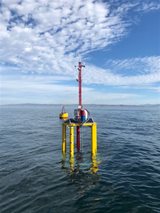
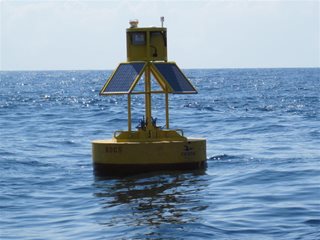
 2) Baseline studies and environmental monitoring
2) Baseline studies and environmental monitoringPresented by:
- Dr. Sharon Herzka, Research Professor at Baja California's Center for Scientific Research and Higher Education (CICESE)
Execution of several oceanographic cruises in the Gulf of Mexico, the Florida Straits and the Western Caribbean Sea for the analysis and characterization of the main circulation, biogeochemical and ecological processes of this large ecosystem. They range from the deep-water zone to coastal ecosystems of high value that are susceptible to large oil spills, and the identification of critical habitats for vertebrates species of ecological and economic importance for the economies and health of the region.
3) Numerical modeling of the physics and biogeochemistry
Presented by:
- Dr. Jorge Zavala, Atmospheric Sciences, National Autonomous University of Mexico (UNAM)
Create an integral system of observations and numerical models at different spatial and time scales, capable of generating scenarios and evaluating consequences and impacts of possible hydrocarbon spills in the Gulf of Mexico under different climate and ecological scenarios.

4) Natural degradation of hydrocarbons
Presented by:
-Dr. Alexei Licea, Researcher at Baja California's Center for Scientific Research and Higher Education (CICESE) - Experimental and Applied Biology Division
- Characterization of the bacterial community through metagenomic analysis, with emphasis on the identification of genes related to the degradation of hydrocarbons (particularly the aromatic fraction)
- Evaluate the microbial degradation of different hydrocarbon fractions under both controlled and natural conditions
- Experimental estimation of the biological degradation rates by the native microflora; with emphasis on the biological degradation capacity of the aromatic fraction of various Mexican crudes
- Sets the stage for selecting remediation techniques
- Parametrization of numerical models
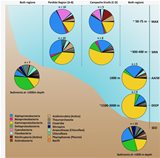
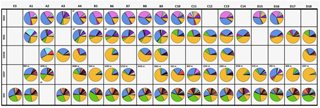
5) Analysis of spill scenarios
Presented by:
- Dr. Paula Perez, Coordinating committee, Research Consortium for the Gulf of Mexico (CIGoM)
- Dr. Victor Vidal, Parasite Ecologist and Senior Professor at the Center for Research and Advanced Studies (CINVESTAV-IPN)
Examine the possible consequences under different spill scenarios, using the "Perdido" region as a model system. The focus is on studying the dispersion and transport processes, and their possible impact on the ecosystem at different temporal and spatial scales.
- In situ and laboratory trials to measure the effect of hydrocarbons on indicator species
- Evaluation of the recovering capacity of keystone species in the Gulf of Mexico ecosystem under large spill scenarios
- Spatial distribution of vulnerability in the Gulf of Mexico
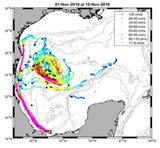
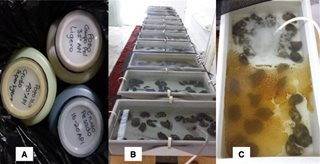
CIGoM Consortium Objective's
- Perform physical, chemical, and biological measurements to establish a baseline for the present-state and the natural variability of the greater ecosystem of the Gulf of Mexico
- Use and develop cutting-edge technologies to observe the surface ocean continuously, and in a some cases in real-time, that could be used in the case of an oil spill, and which, together with numerical models, allow to estimate its dispersion and possible consequences
- Build physical, biogeochemical, and transport models of hydrocarbons integrating degradation processes, to generate risk maps, arrival times, and estimates impacts in an efficient manner, taking into account the chemical characteristics of the hydrocarbons and the location and depth of possible large hydrocarbon spills








Co-Sponsors
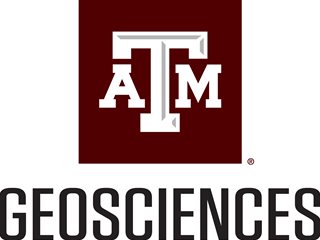
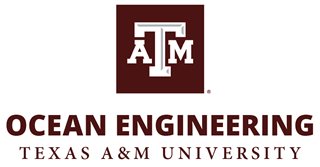
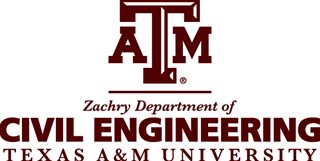


 Add this Event to your
Add this Event to your


